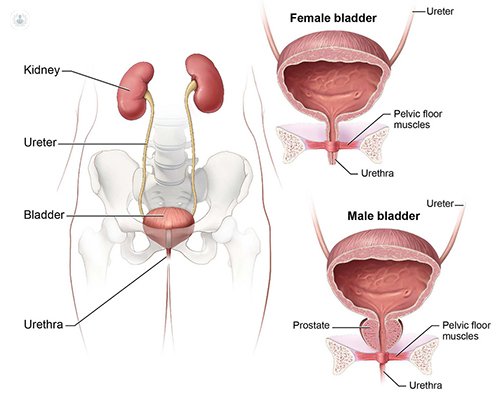



What is ureteral reimplantation?
The ureters are tubes that carry urine from the kidneys to the bladder, and thus form part of the urinary system. Sometimes, the place where a ureter connects to the bladder is badly positioned, and surgery is needed to correct it. This is called ureteral reimplantation surgery.
Why is it done?
Abnormally positioned ureters can cause a condition called vesicoureteral reflux (VUR), in which the valves where the ureters meet the bladder are unable to close properly, allowing urine to reflux back up into the ureters from the bladder, sometimes even making it as far back as the kidneys.
VUR is more common in babies and young children than in adults, and poses a risk of repeated urine infections and kidney damage.
Ureteral reimplantation surgery can help to solve the problem by moving the points where the ureters enter the bladder so that they are surrounded by bladder muscle, which can close the ureters to prevent urine flowing back up.
What does ureteral reimplantation involve?
The patient is given a general anaesthetic to put them to sleep.
The surgeon goes in and detaches the ureter. They then create a new hole in a better position, making a tunnel for the ureter between the bladder wall and muscle. The ureter is then put into its new position and stitched into place. The old hole is also closed with stitches.
The procedure can either be performed as open surgery, laparoscopically, or as robotic-assisted surgery.
The procedure generally takes 2-3 hours.
Aftercare
The patient usually must remain in hospital for a day or two after the operation and will initially receive fluids on an IV drip. Medication may be given to manage any pain or bladder spasms. The patient may also need a catheter to drain urine from the bladder while they recover.
If the patient is a child, the doctors will give parents instructions on how to care for them during recovery.